£10.49
The Sumerian Civilization: An Enthralling Overview of Sumer and the Ancient Sumerians (History of Mesopotamia)
Ancient Mesopotamia’s legacy was truly revolutionary. Childlike pictures scratched into wet clay evolved into the first written language. The Mesopotamians wrote the first epic poems, the first hymns, the first histories, and the first law codes. They developed the first wheel for transportation; simple carts that hauled bricks or produce morphed into chariots racing along at thirty-five miles per hour.
They gazed at the sky and mapped it, observing the planets’ retrograde motions and predicting lunar and solar eclipses. They developed the concept of time, measurements, basic counting, higher math, and hydraulic engineering.
Mesopotamia gave birth to the world’s first great empires—the Akkadians, Assyrians, Babylonians, and Achaemenids—which stretched over three continents.
A glimpse at the questions this overview unpacks includes:
- How old is the world’s first city?
- How did the Eridu Genesis compare to Noah and the ark?
- How fast was the world’s first postal system?
- How many times did Babylon’s patron god Marduk get stolen?
- How did Hammurabi’s law code compare to the Law of Moses?
- Who calculated pi (π) to the value of 3.125 and understood the Pythagorean theorem twelve centuries before Pythagoras was born?
- Did Xerxes really have a million men in his army?
- Which empire encompassed 44 percent of the world’s population?
- What eunuch poisoned most of the Persian royal family?
- And much, much more!
Scroll up and click the “add to cart” button to learn the stories of incredible ancient Mesopotamia!
| Dimensions | 15.24 × 0.94 × 22.86 cm |
|---|---|
| ASIN | B0B5KKBCJN |
| Publisher | Enthralling History (2 July 2022) |
| Language | English |
| Paperback | 160 pages |
| ISBN-13 | 979-8887659039 |
| Dimensions | 15.24 x 0.94 x 22.86 cm |
10 reviews for The Sumerian Civilization: An Enthralling Overview of Sumer and the Ancient Sumerians (History of Mesopotamia)
Related products
The Ancient Mysteries: A Sourcebook of Sacred Texts
£19.34Zeus and the other gods of shining Olympus were in reality divine only by popular consent. Over the course of time Olympian luster diminished in favor of religious experiences more immediate to the concerns of people living in an increasingly cosmopolitan ancient world. These experiences were provided by the mysteries, religions that flourished particularly during the Hellenistic period and were secretly practiced by groups of adherents who decided, through personal choice, to be initiated into the profound realities of one deity or another. Unlike the official state religions, in which people were expected to make an outward show of allegiance to the local gods, the mysteries emphasized an inwardness and privacy of worship within a closed band of initiates.
In this book, Marvin W. Meyer explores the sacrifices and prayers, the public celebrations and secret ceremonies, the theatrical performances and literary works, the gods and goddesses that were a part of the mystery religions of Greece in the seventh century B.C. to the Judaism and Christianity of the Roman world of the seventh century A.D.
Ancient Book of Jubilees
£5.99Serbia’s Hidden Past: From the First Europeans to Modern Times: A Journey into the Lost History of Serbia and the Balkans
£19.99For centuries, mainstream history has often overlooked or misrepresented the significance of Serbian archaeological sites. The deliberate flooding of Lepenski Vir, the lack of proper excavation at Vinča, and the industrial developments at Viminacium raise questions about why these places have not received the attention they deserve. Were these events simply coincidental, or do they point to a broader effort to suppress historical truths? This book will examine these patterns, exploring the possibility that Serbia’s ancient past holds discoveries that challenge conventional historical narratives. By following a chronological timeline, we will trace the development of human civilisation in Serbia from the first known European settlers to modern times. The journey begins with the earliest human presence in the region, as evidenced by Neanderthal and early Homo sapiens remains found in caves such as Pešturina and Velika Balanica. These discoveries suggest that early humans inhabited the region far earlier than traditionally acknowledged, with genetic links to both Western European and Asian populations.
Whispers of the Ancients: The Genetic Secrets of the Balkans: Myths, DNA, and the Untold Story of the Balkans
£14.99Their origins, migrations, and the transformations of entire peoples are written into the bloodlines of the present. Beneath the myths and legends passed down through centuries lies something far older—fragments of history encoded within us, waiting to be uncovered. The past is not lost. It lives, hidden in the shadows of time, waiting for those who dare to look.
Mystery Cults in the Ancient World
£14.15Mystery cults are one of the most intriguing areas of Greek and Roman religion. In the nocturnal mysteries at Eleusis, participants dramatically re-enacted the story of Demeter’s loss and recovery of her daughter Persephone; in Bacchic cult, bands of women ran wild in the Greek countryside to honour Dionysus; in the mysteries of Mithras, men came to understand the nature of the universe and their place within it through frightening initiation ceremonies and astrological teachings.
These cults were an important part of life in the ancient Mediterranean world, but their actual practices were shrouded in secrecy, and much of what they were about has remained unclear until now. This is the first book to describe and explain all the major mystery cults of the ancient world, cult by cult, reconstructing the rituals and exploring their origins. It makes plentiful use of artistic and archaeological evidence, as well as ancient literature and epigraphy. Greek painted pottery, Roman frescoes, inscribed gold tablets from Greek and South Italian tombs and the excavated sites of ancient religious sanctuaries all contribute to our understanding of ancient mystery cults. Making use of the most recent work on these cults, the book is also informed by crucial current work on the anthropology and cognitive science of religion.
Not only is this clearly written book a significant contribution to the study of these cults, but it is also accessible to a general readership. More than any other book on ancient religion, it allows the reader to understand what it was like to participate in these life-transforming religious events.

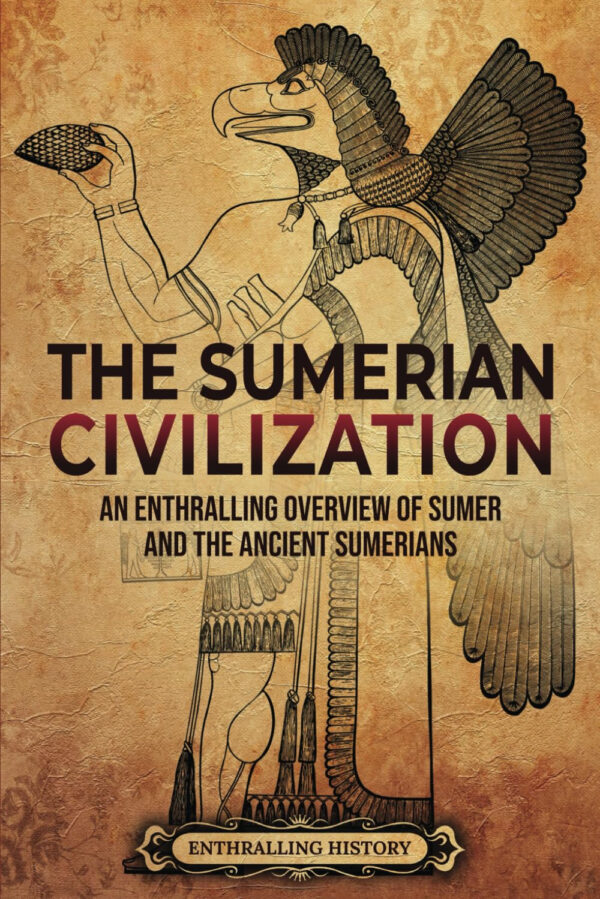





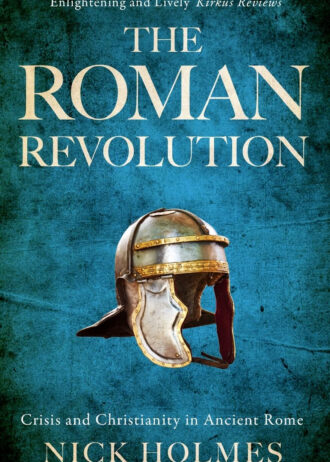
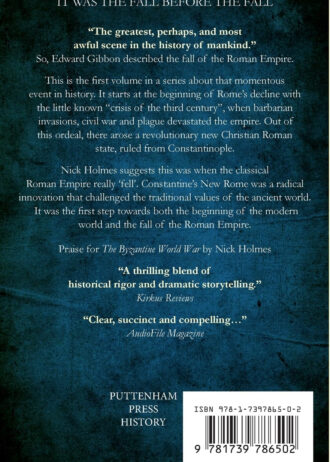
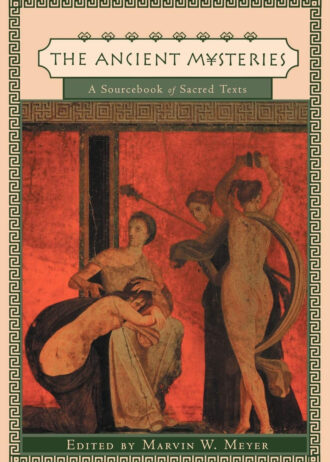
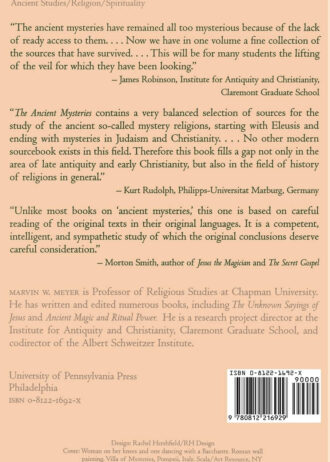
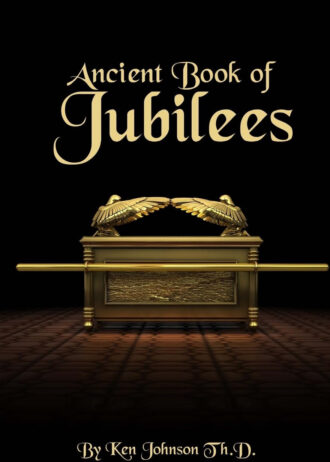

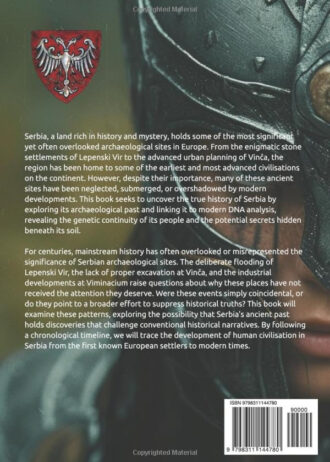
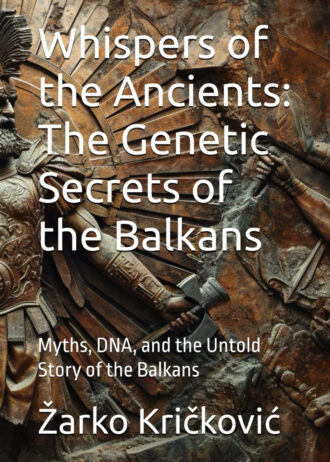
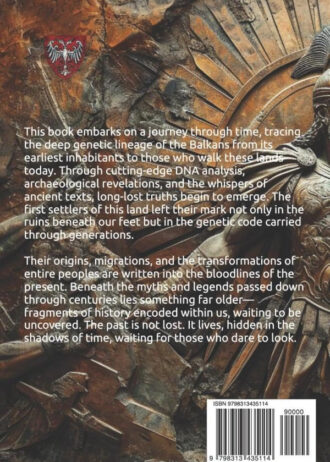
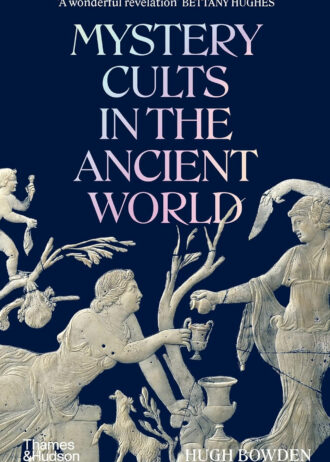
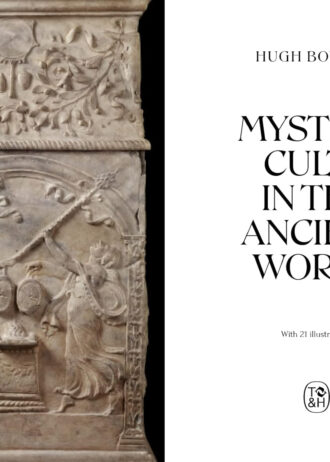
Awais Irshaad –
The price is a bit high but worth to read it.
Groover –
Worth the money I thought and good go to reference guide for the future
John From Comber –
This series of books makes learning so interesting & is a must have if you’ve kids in the family.
Graham Cammock –
This book is very interesting. It is unbelievable to know that you are reading about the very first civilisation, the Sumerians, who had 39 firsts including the invention of writing, irrigation and the wheel etc. You learn a lot about the different, city-states, kings, wars, gods, creation myths and a lot more etc. A valuable read. I highly recommend!
L WILSON –
I have read many books on Sumeria and the Biblical world (Mesopotamia). This book is excellent. Easy to read and very informative. It also contains many helpful illustrations. Recommended.
Kreggysue –
This is an interesting read, but a bit dry in its telling. While this is a history of The Sumerian Civilisation and no doubt aimed at the Scholastic it needs to be a bit more rounded. Perhaps paint a picture of daily life for all.I received a free copy of this book via Booksprout and am voluntarily leaving a review.
Amazon Customer –
This book contains some interesting facts but the writing style is unengaging and rather basic. A large collection of facts have been cobbled together, resulting in a book which almost reads like a list, with short sentences and endless figures (areas in both acres and hectares!). Some of the hypotheses are not well evidenced or explained and the book obviously hasn’t been proof read. Considering this is an entry level book, terms and abbreviations would benefit from definitions. A missed opportunity- this could have been a pleasant read with some good editing.
Neil –
I would highly recommend this book. It was a well written overview of the subject. The maps and pictures let the book down due to their lack of clarity.I received a free copy of this book via Booksprout and am voluntarily leaving a review.
Trevon Harris –
Great Overview
This book is a general overview of Sumerian history. It isn’t an in-depth, detailed account of the fullness of Sumerian history, but it is definitely informative enough for those who (like myself) have already studied Sumerian history and culture and just need a quick run-through book as this to refresh their memory, or for those who may just be getting started in the subject and need sturdy information to feed their curiosity. Overall, it serves a very practical purpose and is indeed useful.
Kaan K. –
Good reading but suspicious content
Although I enjoyed reading it, I can’t recommend it to others.The book has no references neither to any author nor to any external resource. It felt so weird reading history with no references. Almost certain that it was written by AI.It very likely contains misinformation as well. Shouldn’t be read as a resource of education.